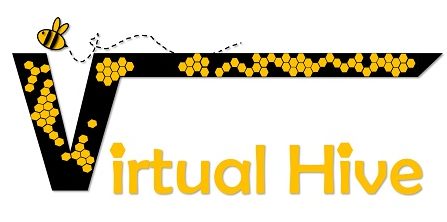
In the world of digital marketing and search engine optimization (SEO), two key strategies play a vital role in improving website visibility and rankings: offsite optimization and onsite optimization.
Offsite optimization involves activities outside the website itself, such as link building and reputation management, while onsite optimization focuses on optimizing elements within the website. In this blog, we will delve into the differences between these two approaches, their importance in driving organic traffic, and how they can benefit tech startups and companies in the competitive digital landscape.
Onsite Optimization:
Onsite optimization, also known as on-page SEO, revolves around making specific adjustments within a website to make it search engine friendly. The primary objective is to ensure that search engines can crawl, interpret, and index the content and structure of the site effectively. Some essential elements of onsite optimization include:
a) Page Titles and Descriptions: Optimizing page titles and meta descriptions is crucial for conveying the content’s relevance to search engines and users. It involves crafting concise, keyword-rich titles and descriptions that accurately describe the page’s content.
b) H1 Tag: A well-optimized page typically contains a single H1 tag that aligns with the page’s main title. This tag helps search engines understand the page’s primary focus.
c) ALT Text for Images: Adding descriptive ALT text to images provides search engines with information about the image’s content, improving the page’s overall optimization.
d) Internal Links: Incorporating relevant internal links within a website helps search engines discover and navigate through the content more effectively.
By optimizing these onsite elements and ensuring a technically sound website structure, companies can enhance their organic search visibility and improve their chances of attracting potential customers searching for related products or services.
Offsite Optimization
Offsite optimization, also known as off-page SEO, focuses on activities that occur outside the website itself. It primarily involves building a strong online presence, generating backlinks from reputable websites, and managing the brand’s reputation across the web. Key components of offsite optimization include:
a) Link Building: Acquiring high-quality backlinks from authoritative websites helps search engines perceive a website as trustworthy and relevant. Strategic link building involves creating valuable content that naturally attracts external links from other websites.
b) Online Citations: Consistent and accurate business citations, including name, address, and phone number (NAP), help improve local search rankings. Managing and optimizing online directory listings and review platforms is crucial for companies targeting local customers.
c) Content Marketing: Developing and promoting high-quality content on external platforms, such as guest blogging and press releases, can generate exposure, attract traffic, and earn valuable backlinks for the website. This approach establishes credibility and authority not only within the industry, but within the major search engines that will result in you having a positive effect on your search engine placement. Front page placement within Google based on your product search keywords, which excludes your company name, is one of the key aims of offsite optimization.
d) Reputation Management: Monitoring and actively managing the brand’s online reputation is essential for maintaining a positive image and building trust among potential customers. This involves addressing customer reviews, responding to feedback, and mitigating negative sentiment.
By implementing effective offsite optimization strategies, companies from major corporates to tech start-ups, can enhance their online reputation, increase brand visibility, and drive targeted traffic to their website.
From technology startups to SME’s to major companies looking to establish a strong online presence, understanding the distinction between onsite and offsite optimization is crucial. By leveraging both strategies effectively, they can maximize their visibility, attract relevant traffic, and outrank competitors in the highly competitive tech industry.
Low-cost content creation plays a pivotal role in supporting both onsite and offsite optimization efforts. Producing valuable content allows startups to optimize their website’s internal pages while also providing shareable assets for offsite content marketing, attracting backlinks, and improving their search rankings. Collaborating with a PR agency specializing in working with tech startups can further enhance their brand’s visibility and reputation, facilitating effective offsite optimization strategies tailored to their specific needs.
In the digital marketing and SEO landscape, combining both onsite and offsite optimization strategies is crucial for tech startups and companies aiming to improve their search rankings, attract organic traffic, and establish a strong online presence.
By incorporating the essential elements of onsite optimization and implementing effective offsite strategies, such as low-cost content creation and partnering with a PR agency specializing in tech startups, businesses can enhance their visibility, drive targeted traffic, and increase their chances of success in the competitive online arena.



